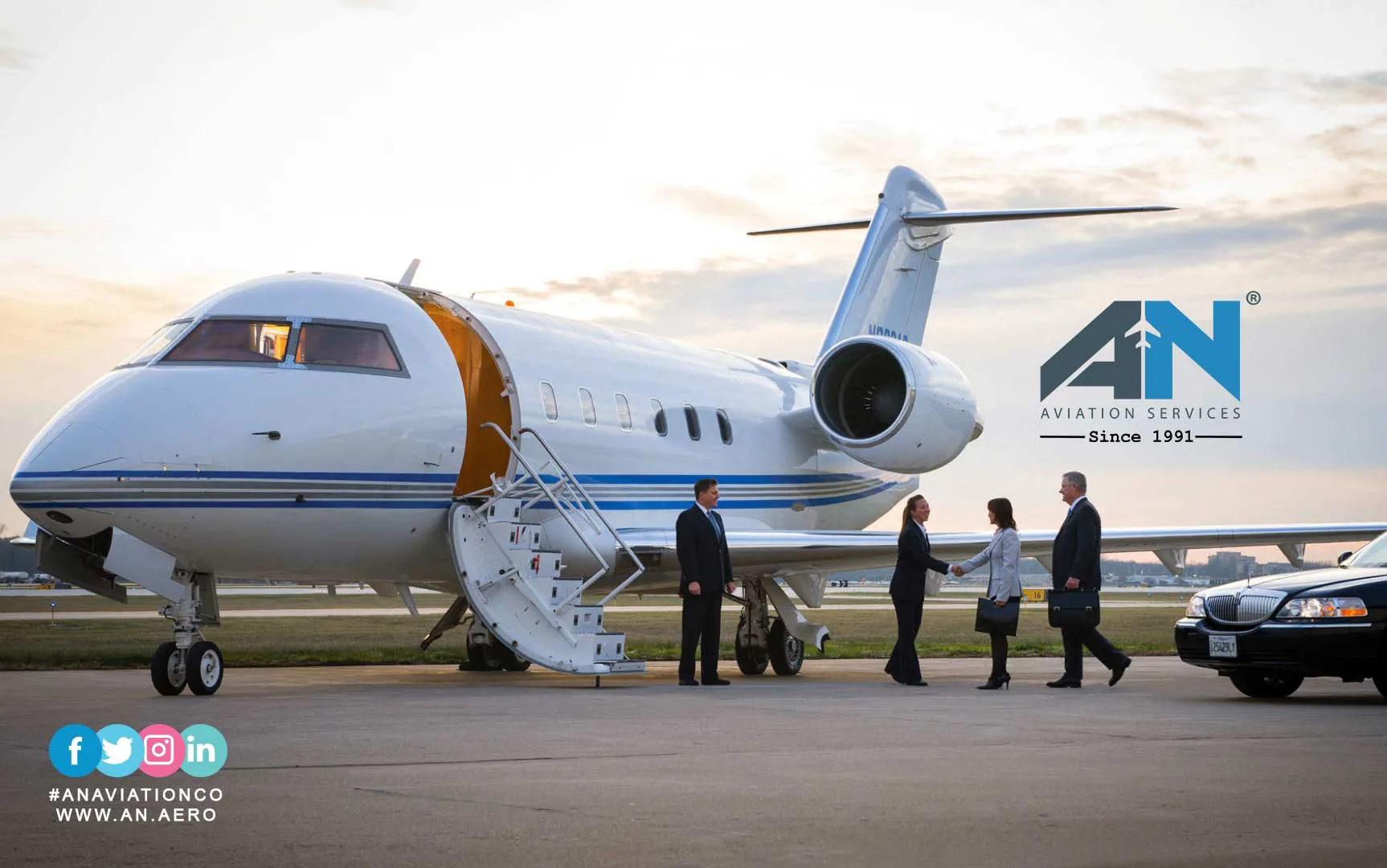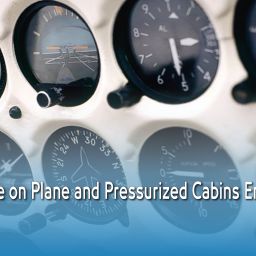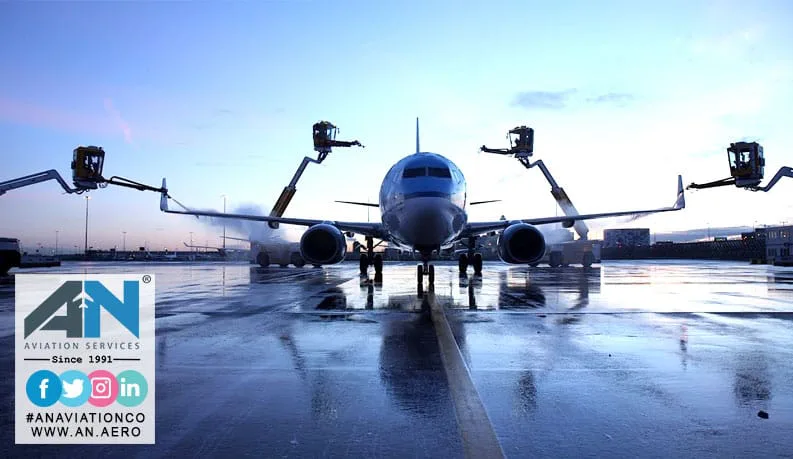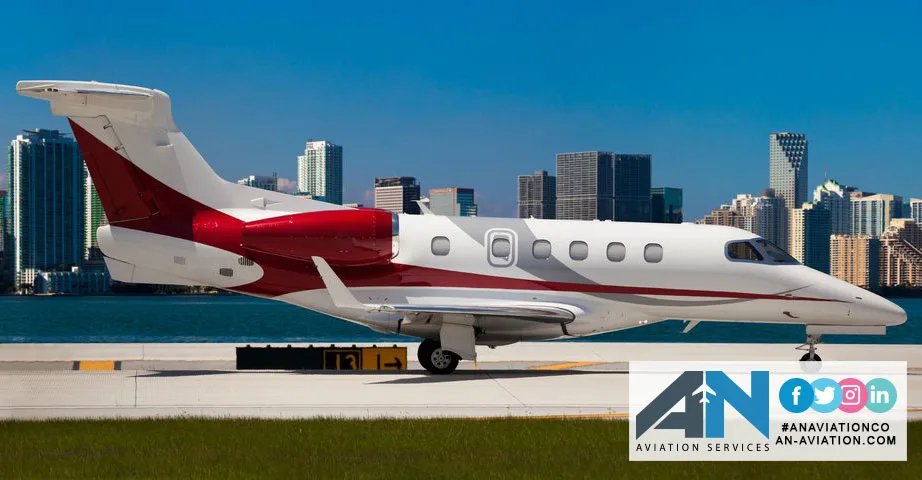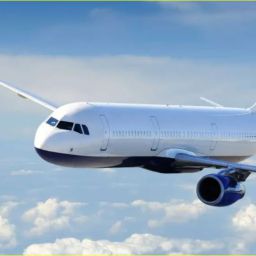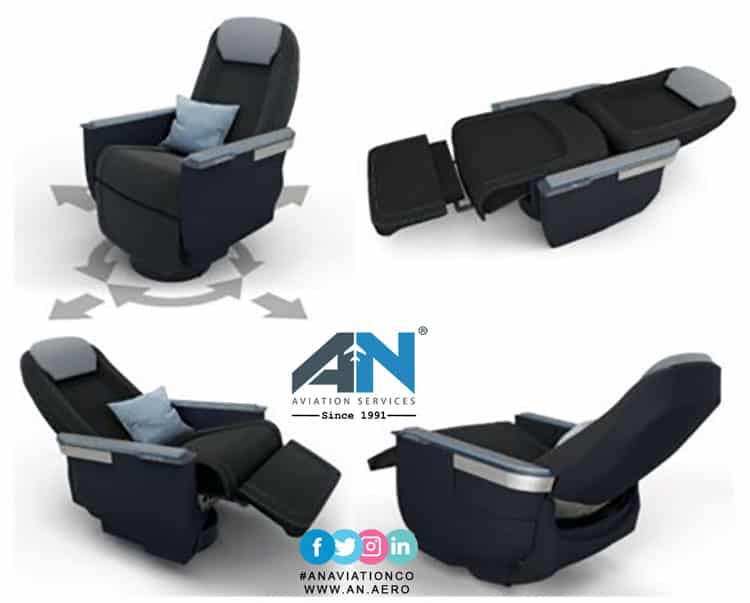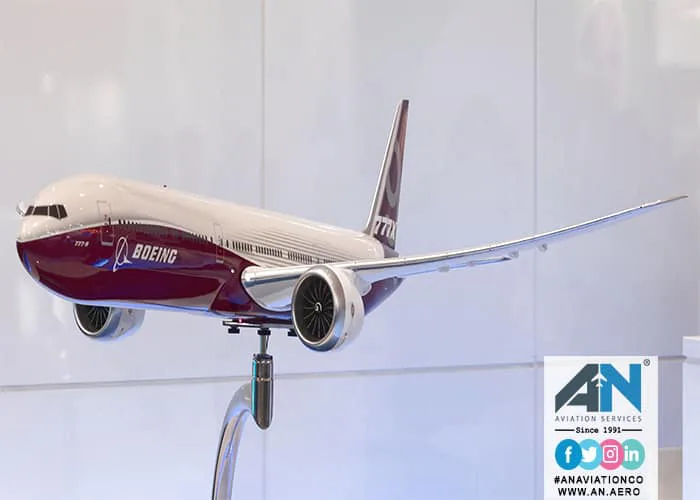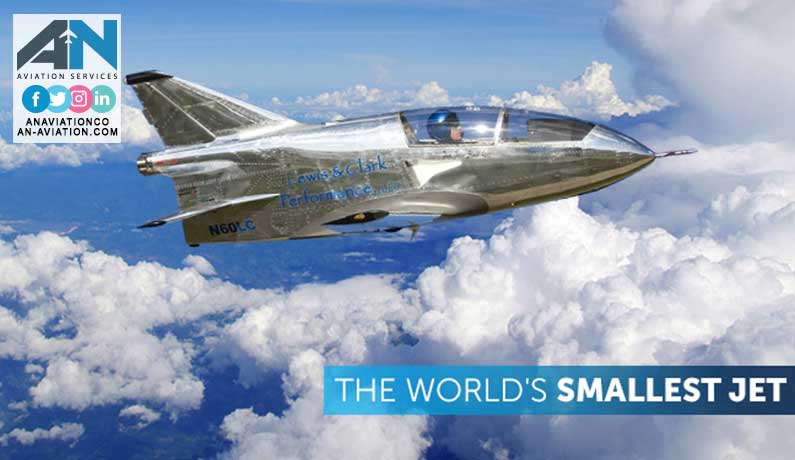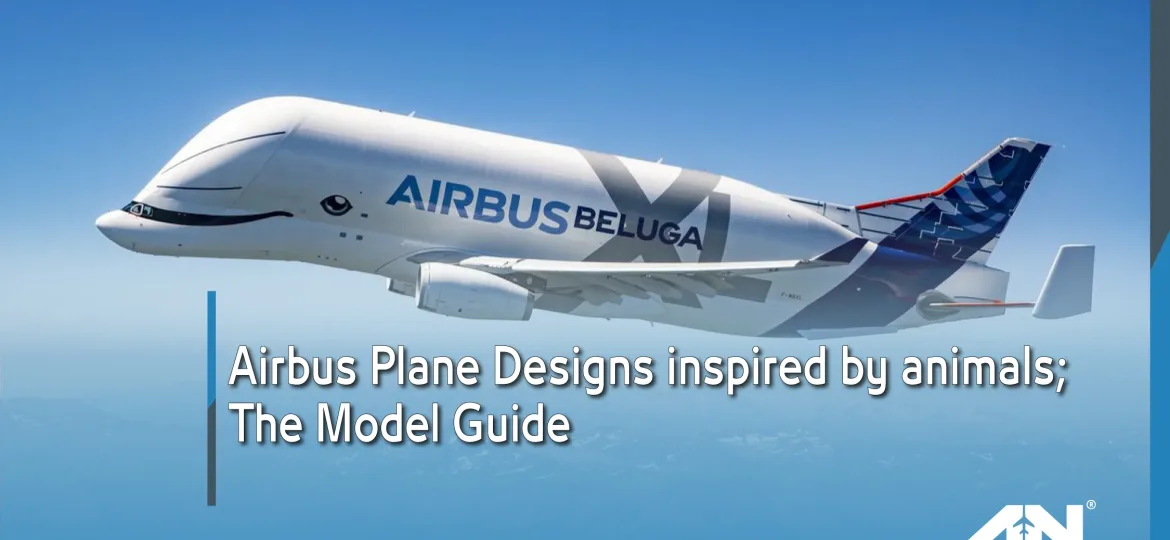
The aviation industry has long looked to nature for inspiration. With its incredible diversity of adaptations and efficiencies, the animal kingdom serves as a source of creative breakthroughs in design and technology. Airbus, one of the leading aircraft manufacturers, has fully embraced biomimicry—the process of taking cues from nature’s ingenuity—to create innovative and efficient plane designs.
In this blog, we explore Airbus plane designs inspired by animals, examining how these concepts are revolutionizing aviation and pushing the boundaries of aerodynamics, efficiency, and sustainability.
The Connection Between Nature and Aviation Design
Nature has perfected countless solutions to challenges that engineers also face in aviation—drag reduction, efficient energy use, and maneuverability. By mimicking structures and behaviors observed in animals, Airbus has created plane designs that are both futuristic and functional. These concepts are not just about aesthetics; they focus on improving fuel efficiency, passenger comfort, and overall flight performance.
1. The “Bird of Prey” Concept:
Airbus made headlines with its Bird of Prey concept, a design that incorporates elements inspired by raptors, such as eagles and hawks. This visionary concept isn’t intended for production but demonstrates how biomimicry could shape the future of aircraft.
- Design Inspiration: The aircraft features wing structures that resemble bird feathers, complete with individually controlled surfaces. This design mimics a bird’s ability to adjust its feathers for precise control during flight.
- Efficiency Goals: By improving wing performance and reducing drag, this concept showcases how nature’s strategies can lower fuel consumption and emissions.
- Aesthetic Appeal: The wing’s feather-like design adds a strikingly naturalistic look, bringing a new dimension to Airbus designs.
2. Whale-Inspired Fuselage Shapes:
The large and streamlined bodies of marine animals, especially whales, have heavily influenced Airbus plane designs, particularly when considering the need for maximizing space without compromising aerodynamics.
- Design Features: The wide, bulbous fuselage design inspired by whale anatomy creates additional space for passengers and cargo. This innovation works perfectly for high-capacity planes like the Airbus A380.
- Aerodynamic Efficiency: Just like a whale glides through water, the smooth contours reduce air resistance, optimizing fuel efficiency.
3. Shark-Inspired Aerodynamics:
Sharks are the apex predators of the sea, known for their streamlined bodies and incredible speed. Airbus has tapped into this natural engineering to improve wing and fuselage designs.
- Sharklets on Aircraft Wings: Inspired by a shark’s fins, sharklets are upward-curving wingtips added to reduce drag and increase lift. Airbus introduced these features on the A320 family, improving fuel efficiency by up to 4%.
- Purpose of Sharklets: These structures allow the aircraft to fly longer distances while consuming less fuel, making them an eco-friendly upgrade.
- Aircraft Models: A320, A319, A321, A321XLR
4. Dragonfly-Inspired Cockpit Visibility:
Dragonflies are known for their excellent field of vision, thanks to their compound eyes. Airbus has incorporated this idea into its cockpit design.
- Enhanced Cockpit Windows: By using dragonfly-inspired shapes and angles, pilots have a better panoramic view, which is crucial during takeoff, landing, and taxing on runways.
- Automation and Safety: Airbus is also testing advanced AI systems modeled after a dragonfly’s ability to process visual information quickly, further enhancing safety features in modern cockpits.
5. Albatross Wing Efficiency:
The albatross is renowned for its ability to soar across vast distances with minimal energy expenditure. Airbus has studied this seabird to enhance the efficiency of its wings for long-haul flights.
- Wing Flexibility: Inspired by the albatross, Airbus designs long, flexible wings that can adjust to wind conditions, reducing turbulence and drag.
- Airbus A350: This aircraft incorporates some of these principles, with wings that adjust their shape during flight to maintain optimal aerodynamics.
- Aircraft Models: A350-900, A350-1000
6. The Flying Fish: Blended Wing Designs:
Airbus has also experimented with blended wing designs that resemble a flying fish. This concept merges the fuselage and wings into a single, cohesive structure.
- Benefits of Blended Wing Designs: The seamless shape minimizes drag, increases fuel efficiency, and provides a spacious interior for passengers or cargo.
- Future Vision: Airbus plans to refine this concept for sustainable aviation, potentially integrating it with hydrogen-powered systems for zero-emission flights.
Why Biomimicry in Airbus Designs Matters?
The integration of nature-inspired features in Airbus designs is not just about aesthetics; it’s a functional choice to address the challenges of modern aviation. Here’s why biomimicry plays a key role:
- Improved Fuel Efficiency: Features like sharklets and blended wing designs reduce fuel consumption and greenhouse gas emissions.
- Enhanced Aerodynamics: Mimicking the efficiency of birds and marine animals leads to smoother and more stable flights.
- Sustainability Goals: As the aviation industry strives to reduce its environmental footprint, these innovative designs help pave the way for greener skies.
- Passenger Comfort: Nature-inspired interiors and fuselage shapes provide more space and a quieter cabin experience.
Examples of Airbus Models Featuring Biomimicry
While many animal-inspired concepts remain in the experimental stage, Airbus has incorporated these ideas into some of its most iconic models:
- Airbus A320 Series: Features sharklets for improved aerodynamics.
- Airbus A380: Incorporates whale-inspired fuselage shapes for maximum capacity.
- Future Concepts: The Bird of Prey and blended wing designs highlight Airbus’s commitment to innovative thinking.
The Future of Airbus Designs Inspired by Nature
As Airbus continues to innovate, its commitment to biomimicry reflects a broader shift in the aviation industry toward sustainable, efficient, and passenger-friendly aircraft. From the feather-like wings of the Bird of Prey to the shark-inspired aerodynamics of the A320, these designs are setting a new standard for what planes can achieve.
By combining advanced engineering with nature’s lessons, Airbus is not only creating better airplanes but also contributing to the future of sustainable aviation.
Conclusion: Nature as a Blueprint for Aviation
Airbus plane designs inspired by animals demonstrate the power of biomimicry in solving complex engineering challenges. From the streamlined efficiency of sharks to the long-distance capabilities of albatrosses, these natural innovations are shaping the next generation of aircraft.
As the aviation industry faces growing pressure to reduce its environmental impact, biomimicry offers a promising path forward, blending science and nature to create planes that are as beautiful as they are functional.


